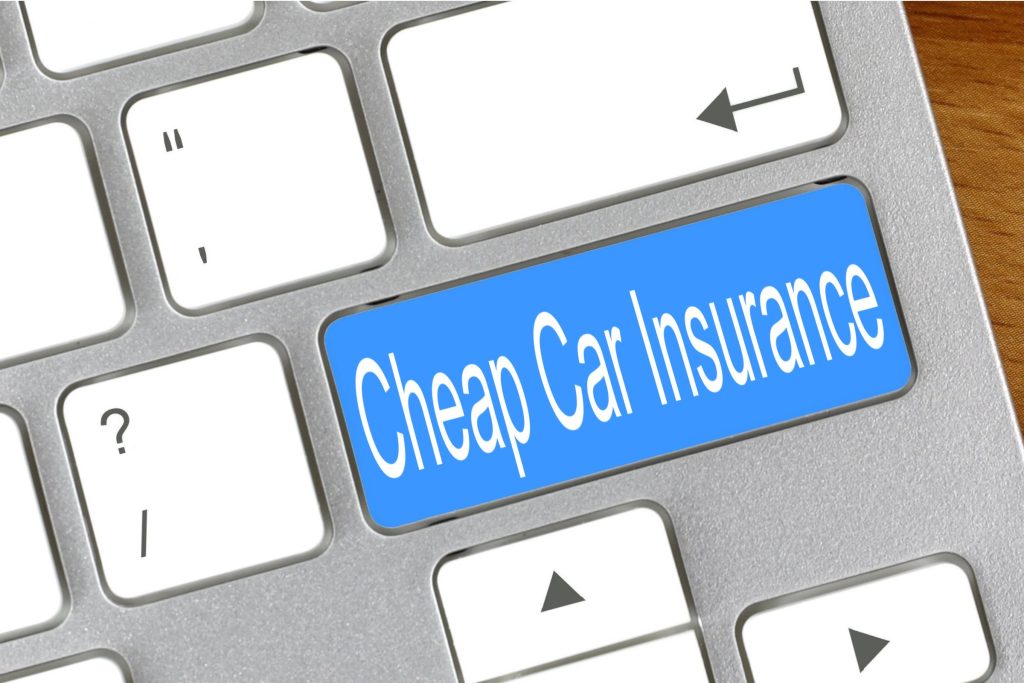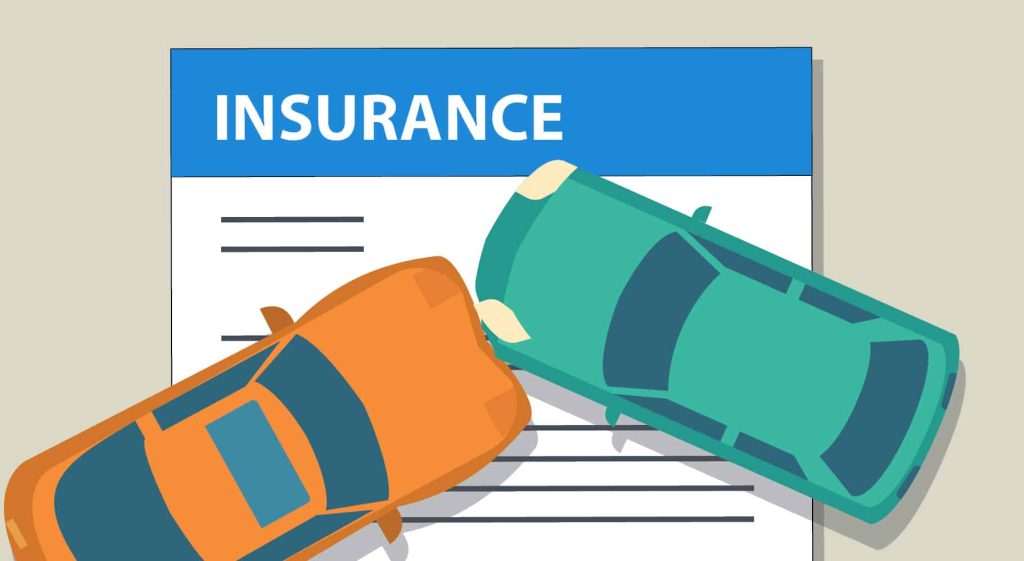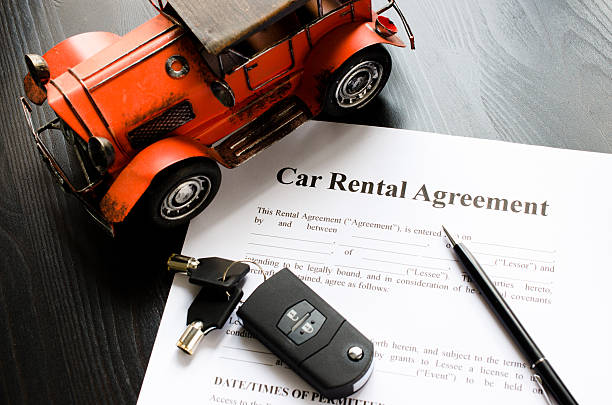Shopping for auto insurance can be a daunting task, given the multitude of options and factors to consider. However, securing the right coverage at an affordable price is crucial for protecting both your vehicle and your financial well-being. This article provides a comprehensive guide on how to shop for auto insurance, explaining the steps involved, key factors to consider, and tips for obtaining the best rates.
Understanding Auto Insurance
Auto insurance is a contract between you and an insurance company that protects you against financial loss in the event of an accident or theft. The policyholder pays a premium, and in return, the insurer agrees to cover certain expenses related to vehicle damage, medical costs, and other liabilities. Auto insurance typically includes various types of coverage such as liability, collision, comprehensive, personal injury protection, and uninsured/underinsured motorist coverage. Understanding these components is essential for making informed decisions about your policy.
Types of Coverage
- Liability Coverage: This is mandatory in most states and covers bodily injury and property damage that you may cause to others in an accident.
- Collision Coverage: This pays for damage to your car resulting from a collision with another vehicle or object.
- Comprehensive Coverage: This covers damage to your car from non-collision events such as theft, vandalism, fire, and natural disasters.
- Personal Injury Protection (PIP): This covers medical expenses and lost wages for you and your passengers, regardless of fault.
- Uninsured/Underinsured Motorist Coverage: This protects you if you’re involved in an accident with a driver who has insufficient or no insurance.
Assessing Your Insurance Needs
Before shopping for auto insurance, it’s important to assess your specific needs. Consider factors such as the value of your vehicle, your driving habits, and your financial situation. If you drive an older car, you might opt for minimal coverage to save on premiums. On the other hand, if you have a new or high-value vehicle, comprehensive and collision coverage might be necessary. Additionally, consider your risk tolerance and how much you can afford to pay out-of-pocket in the event of an accident. Understanding your needs will help you determine the right level of coverage and avoid overpaying for unnecessary options.
Comparing Insurance Providers
One of the most important steps in shopping for auto insurance is comparing quotes from multiple providers. Different insurers offer different rates and discounts, so it’s essential to shop around. Use online comparison tools to quickly gather quotes from various companies. When comparing, ensure that you’re evaluating similar coverage levels and deductibles to make an apples-to-apples comparison. Pay attention to customer reviews and ratings to gauge the quality of service and claims handling of each provider. Comparing quotes allows you to identify the most cost-effective options without compromising on coverage.
Understanding Policy Terms and Conditions
Once you have a shortlist of potential insurers, take the time to thoroughly understand the policy terms and conditions. Look beyond the premium cost and examine the details of what each policy covers. Pay attention to exclusions, limitations, and conditions that might affect your coverage. For example, some policies may not cover certain types of damage or may have specific requirements for making a claim. Understanding the fine print helps you avoid surprises and ensures that you’re fully aware of what you’re purchasing. Don’t hesitate to ask questions or seek clarification from the insurer if something is unclear.
Taking Advantage of Discounts
Many insurance companies offer various discounts that can significantly reduce your premium. Common discounts include safe driver discounts, multi-policy discounts (for bundling auto insurance with other types of insurance like homeowners), and discounts for safety features such as anti-lock brakes and airbags. Additionally, some insurers offer discounts for completing a defensive driving course or for maintaining a good credit score. When shopping for auto insurance, inquire about all available discounts and eligibility criteria. Taking advantage of these discounts can help lower your overall insurance costs.
Reviewing and Updating Your Policy
Your auto insurance needs can change over time due to factors such as purchasing a new vehicle, changes in driving habits, or life events like moving to a new location. It’s important to periodically review your policy to ensure it still meets your needs and provides adequate coverage. Additionally, regularly reviewing your policy allows you to identify opportunities for cost savings. For example, if your driving habits have changed and you now drive less, you might qualify for a lower premium. Stay in contact with your insurer and keep them updated on any significant changes to ensure your coverage remains appropriate.
Shop For Best Car Insurance rates
Steps to Comparing Car Insurance Online
1. Assess Your Coverage Needs
Before you start comparing car insurance policies, assess your specific needs. Consider factors such as the value of your vehicle, your driving habits, and your financial situation. If you drive an older car, you might opt for minimal coverage to save on premiums. Conversely, if you have a new or high-value vehicle, comprehensive and collision coverage might be necessary. Understanding your needs helps you determine the right level of coverage.
2. Gather Necessary Information
To get accurate quotes, you’ll need to provide certain information about yourself and your vehicle. This includes:
- Personal details (name, age, address, and driver’s license number)
- Vehicle information (make, model, year, VIN, and mileage)
- Driving history (accidents, violations, and insurance claims)
- Current insurance policy details (if applicable)
Having this information ready ensures a smoother and faster comparison process.
3. Use Online Comparison Tools
Numerous websites and tools allow you to compare car insurance quotes from multiple providers. These tools simplify the process by aggregating quotes based on the information you provide. Some popular comparison websites include:
Using these tools, you can quickly get a sense of the range of premiums and coverage options available to you.
4. Evaluate Quotes and Coverage Options
When you receive quotes, take the time to evaluate them carefully. Compare not only the premiums but also the coverage limits, deductibles, and any additional features or benefits offered. Ensure that you’re comparing similar levels of coverage to make an apples-to-apples comparison. Pay attention to policy details such as exclusions, limitations, and conditions that might affect your coverage.
Compare and Buy Car Insurance Online

1. Customer Reviews and Ratings
Research customer reviews and ratings for the insurance providers you’re considering. Websites like J.D. Power, Consumer Reports, and Trustpilot offer insights into customer satisfaction and the quality of claims handling. Choosing a reputable insurer with positive reviews can provide peace of mind and a smoother claims process.
2. Financial Stability of Insurers
Check the financial stability of the insurance companies using rating agencies like A.M. Best, Moody’s, and Standard & Poor’s. Financially stable insurers are more likely to meet their claims obligations, ensuring you receive the coverage you’re paying for.
3. Discounts and Savings
Many insurance companies offer various discounts that can significantly reduce your premium. Common discounts include:
- Safe driver discounts: For maintaining a clean driving record.
- Multi-policy discounts: For bundling car insurance with other policies like homeowners or renters insurance.
- Good student discounts: For students with good grades.
- Safety feature discounts: For vehicles equipped with features like anti-lock brakes and airbags.
When comparing quotes, inquire about all available discounts and eligibility criteria to maximize your savings.
4. Customer Service and Claims Support
Consider the quality of customer service and claims support offered by the insurers. Prompt and efficient customer service can make a significant difference when you need assistance or file a claim. Look for insurers with 24/7 customer support and a user-friendly claims process.
Steps to Buying Car Insurance Online
1. Choose the Best Quote
After evaluating quotes and coverage options, select the policy that best meets your needs and budget. Ensure that the policy provides adequate coverage and that you’re comfortable with the premium and deductible amounts.
2. Complete the Application Process
Once you’ve chosen a policy, you’ll need to complete the application process. This typically involves providing additional information, such as your Social Security number and payment details. Most insurers offer online applications that are straightforward and easy to complete.
3. Review and Sign the Policy
Carefully review the policy documents before signing. Ensure that all details are accurate and that you understand the terms and conditions. If you have any questions or concerns, contact the insurer for clarification.
4. Make the Payment
Pay the initial premium to activate your policy. Most insurers offer multiple payment options, including credit/debit cards, electronic funds transfer, and payment plans. Choose the payment method that works best for you.
5. Receive Confirmation and Proof of Insurance
After completing the payment, you’ll receive confirmation of your policy along with proof of insurance. Keep a copy of your insurance card in your vehicle and store digital copies for easy access. Proof of insurance is required for vehicle registration and during traffic stops.
Conclusion
Comparing and buying car insurance online is a convenient and efficient way to find the best coverage for your needs. By assessing your coverage requirements, using online comparison tools, and evaluating quotes carefully, you can secure a policy that offers the protection you need at an affordable price. Remember to consider customer reviews, financial stability, discounts, and customer service when making your decision. With the right approach, you can navigate the online insurance market with confidence and ensure your vehicle is well-protected.






